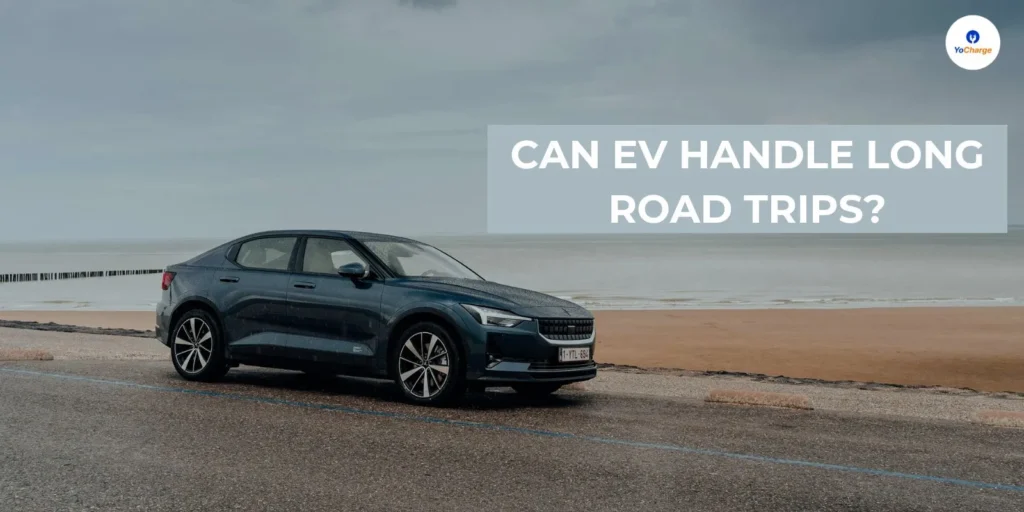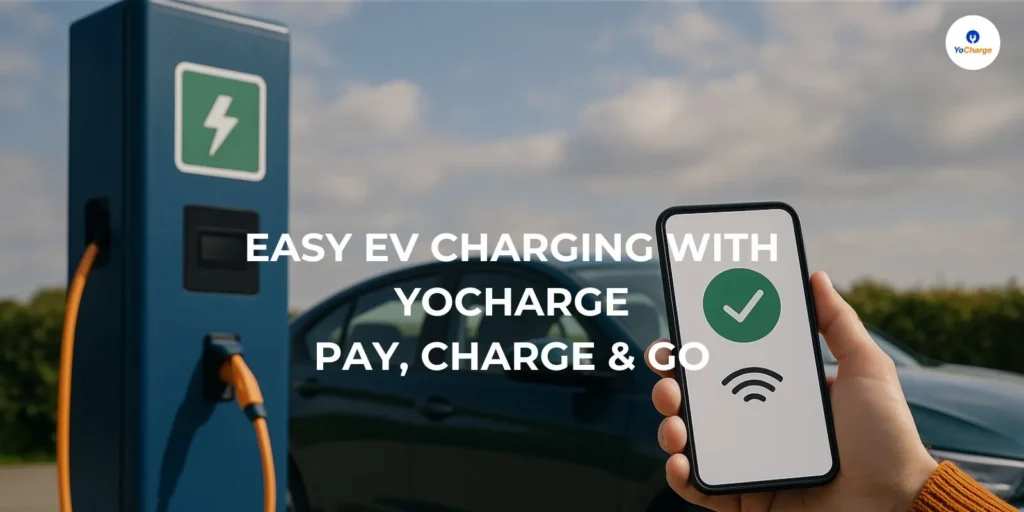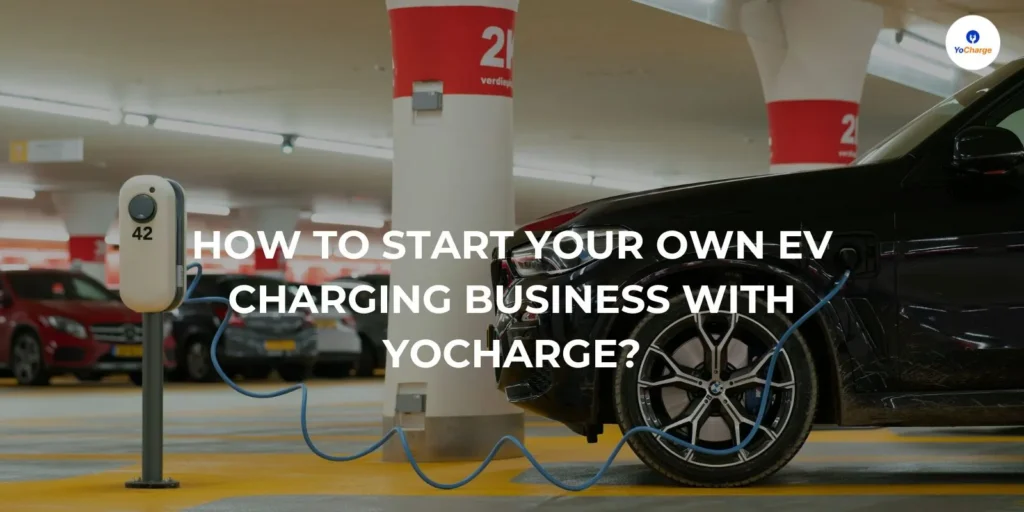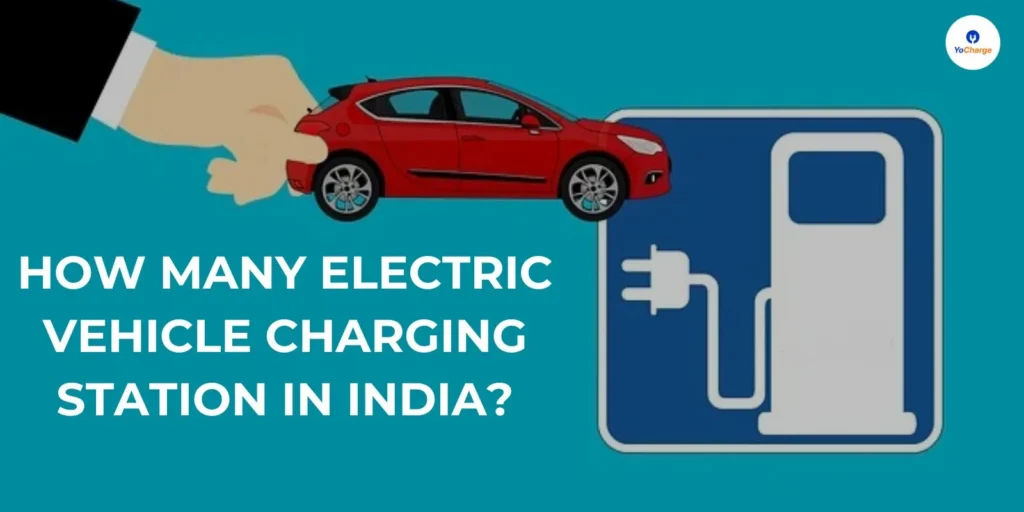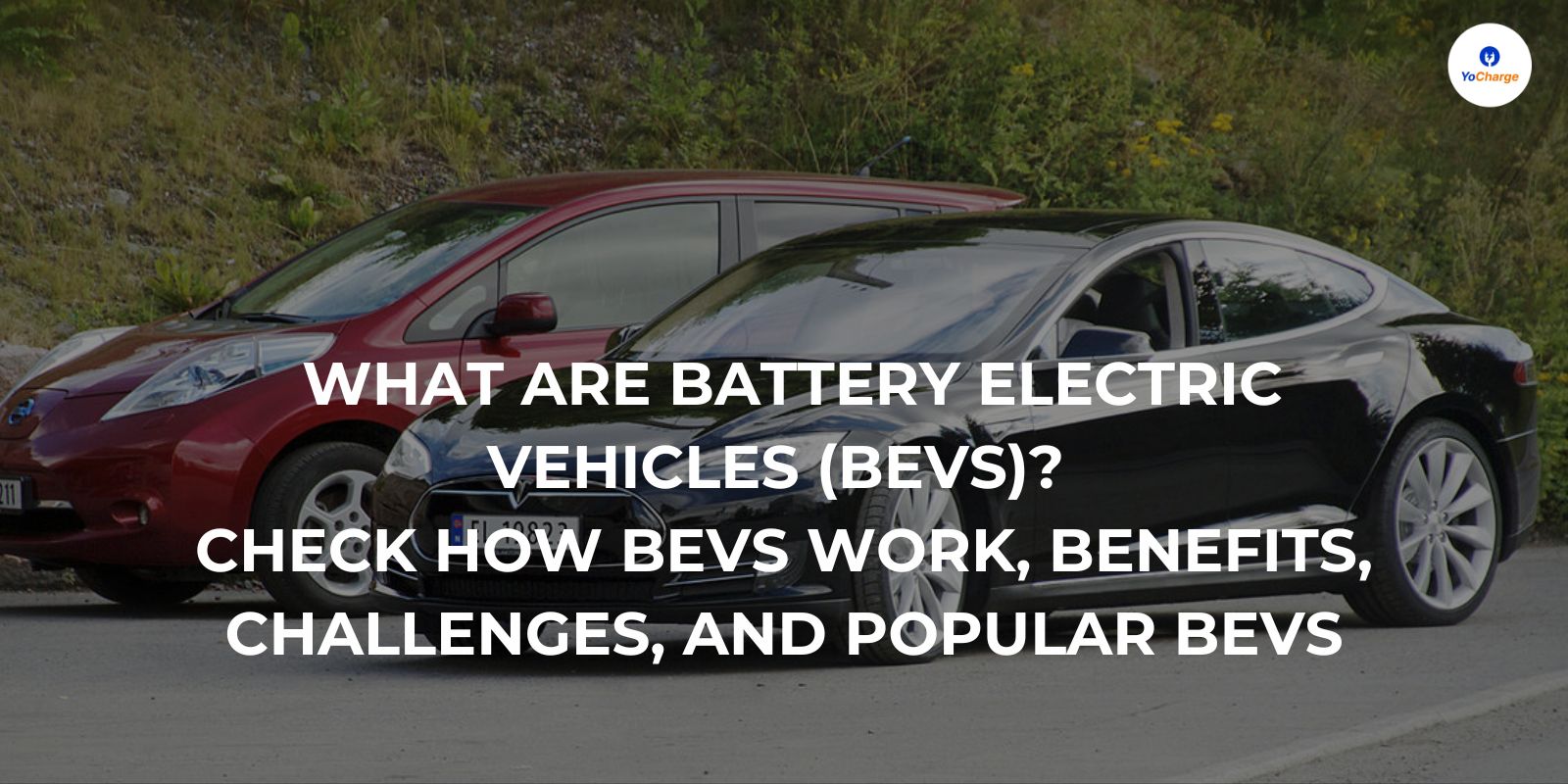
Battery Electric Vehicles (BEVs) are revolutionizing the way we think about transportation. Unlike conventional vehicles, BEVs run purely on electricity stored in batteries, producing zero tailpipe emissions. As the world shifts towards cleaner energy solutions, BEVs are becoming more popular among environmentally conscious consumers.
In this article, we will explore what BEVs are, how they work, their advantages and disadvantages, and their role in the future of transportation.
What Are Battery Electric Vehicles (BEVs)?
Battery Electric Vehicles (BEVs) are fully electric vehicles that rely entirely on electric power for propulsion. They do not have an internal combustion engine (ICE) or use gasoline or diesel fuel. Instead, they are powered by electric motors and rechargeable batteries, which store the energy needed to drive the vehicle.
These vehicles use large battery packs, often made of lithium-ion, to power an electric motor. BEVs can be charged by plugging into an external power source, such as a home charging station or a public charging point. Once charged, the battery provides electricity to the motor, which drives the vehicle’s wheels.
How Do Battery Electric Vehicles (BEVs) Work?
Battery Electric Vehicles (BEVs) operate using a fairly simple mechanism. Here’s a basic breakdown:
- Battery Pack: The heart of BEVs is the battery pack, which stores electrical energy. Lithium-ion batteries are the most common due to their high energy density and efficiency.
- Electric Motor: The electric motor converts the stored energy from the battery into mechanical energy, which powers the vehicle.
- Inverter: This device converts the battery’s direct current (DC) into alternating current (AC) to drive the motor. It also plays a role in regenerative braking.
- Charging: BEVs are charged through external charging stations. Home charging units and public fast chargers are widely available, making it convenient to recharge as needed.
- Regenerative Braking: BEVs use regenerative braking technology, which converts kinetic energy back into stored electrical energy in the battery when the vehicle slows down or brakes.
Benefits of Battery Electric Vehicles (BEVs)
The rise of Battery Electric Vehicles (BEVs) has been largely driven by their numerous benefits over traditional vehicles. Here are some key advantages:
- Zero Emissions: BEVs produce no tailpipe emissions, helping to reduce air pollution and lower greenhouse gas emissions. This is a critical step toward reducing the carbon footprint of transportation.
- Cost Efficiency: While the initial cost of a BEV can be higher than a traditional vehicle, the lower operational costs help offset this over time. Electricity is cheaper than gasoline, and BEVs require less maintenance due to fewer moving parts.
- Energy Efficiency: BEVs convert more energy from the battery into usable power compared to internal combustion engine vehicles, making them highly energy efficient.
- Government Incentives: Many countries offer tax credits, rebates, and incentives to encourage the purchase of BEVs, making them more financially accessible to consumers.
- Quiet Operation: BEVs are much quieter than vehicles with combustion engines, contributing to reduced noise pollution, especially in urban areas.
Challenges of Battery Electric Vehicles (BEVs)
While Battery Electric Vehicles (BEVs) have many benefits, some challenges need to be addressed:
- Range Anxiety: One of the main concerns for potential BEV buyers is range anxiety – the fear that the vehicle will run out of power before reaching a charging station. Although modern BEVs offer ranges exceeding 300 kilometers on a single charge, the availability of charging infrastructure still varies by region.
- Charging Infrastructure: While home charging stations are convenient for many, the expansion of public charging networks is still in progress. Long trips can require careful planning to find fast chargers along the route.
- Long Charging Times: Charging a BEV can take longer than refueling a conventional car. Although fast chargers can recharge batteries to 80% capacity in 30 minutes, full charges using standard home chargers can take several hours.
- Battery Life and Replacement Costs: While BEV batteries are designed to last for many years, they will eventually degrade. The cost of replacing a large battery pack can be significant, although advancements in technology are gradually lowering these costs.
- Higher Initial Cost: The initial purchase price of a BEV can be higher than that of a traditional car due to the cost of the battery. However, this gap is narrowing as battery technology becomes more affordable.
The Future of Battery Electric Vehicles (BEVs)
The future looks promising for Battery Electric Vehicles (BEVs) as the world moves towards cleaner energy and sustainable transportation. Many governments are setting ambitious targets to phase out internal combustion engine vehicles and promote the adoption of BEVs. For example, the European Union has proposed banning the sale of new gasoline and diesel cars by 2035.
Advances in Battery Technology: The future success of BEVs will largely depend on advances in battery technology. Researchers are working on developing solid-state batteries, which are expected to offer higher energy density, faster charging times, and longer life compared to current lithium-ion batteries.
Expansion of Charging Networks: Governments and private companies are investing heavily in expanding charging infrastructure. The development of fast-charging stations across highways and urban areas will make BEVs more convenient for long-distance travel.
Cost Reduction: As demand for BEVs increases and production scales up, the cost of electric vehicles is expected to come down. Battery costs are decreasing, and automakers are improving the efficiency of manufacturing processes.
Autonomous Driving: BEVs are often at the forefront of autonomous driving technology. Many of the latest electric vehicles come equipped with advanced driver-assistance systems (ADAS) and are capable of semi-autonomous or fully autonomous driving. The integration of self-driving technology will further increase the appeal of BEVs in the coming years.
Popular Battery Electric Vehicles (BEVs)
Several BEV models have gained popularity around the world, offering various options for consumers:
- Tesla Model 3: Known for its impressive range and performance, the Tesla Model 3 is one of the best-selling electric cars globally.
- Nissan Leaf: One of the first mass-market BEVs, the Nissan Leaf is a compact and affordable option for city drivers.
- Chevrolet Bolt: The Chevy Bolt is known for its relatively long range and affordable price, making it a popular choice in the BEV market.
- Hyundai Kona Electric: The Kona Electric offers a combination of good range, modern technology, and a competitive price point.
Conclusion
Battery Electric Vehicles (BEVs) represent a critical shift towards cleaner, more sustainable transportation. With zero emissions, lower operating costs, and continuous advancements in technology, BEVs are becoming a viable option for more consumers.
As infrastructure grows and battery technology improves, the future of transportation is likely to be dominated by BEVs, making them a key player in the global effort to combat climate change.
